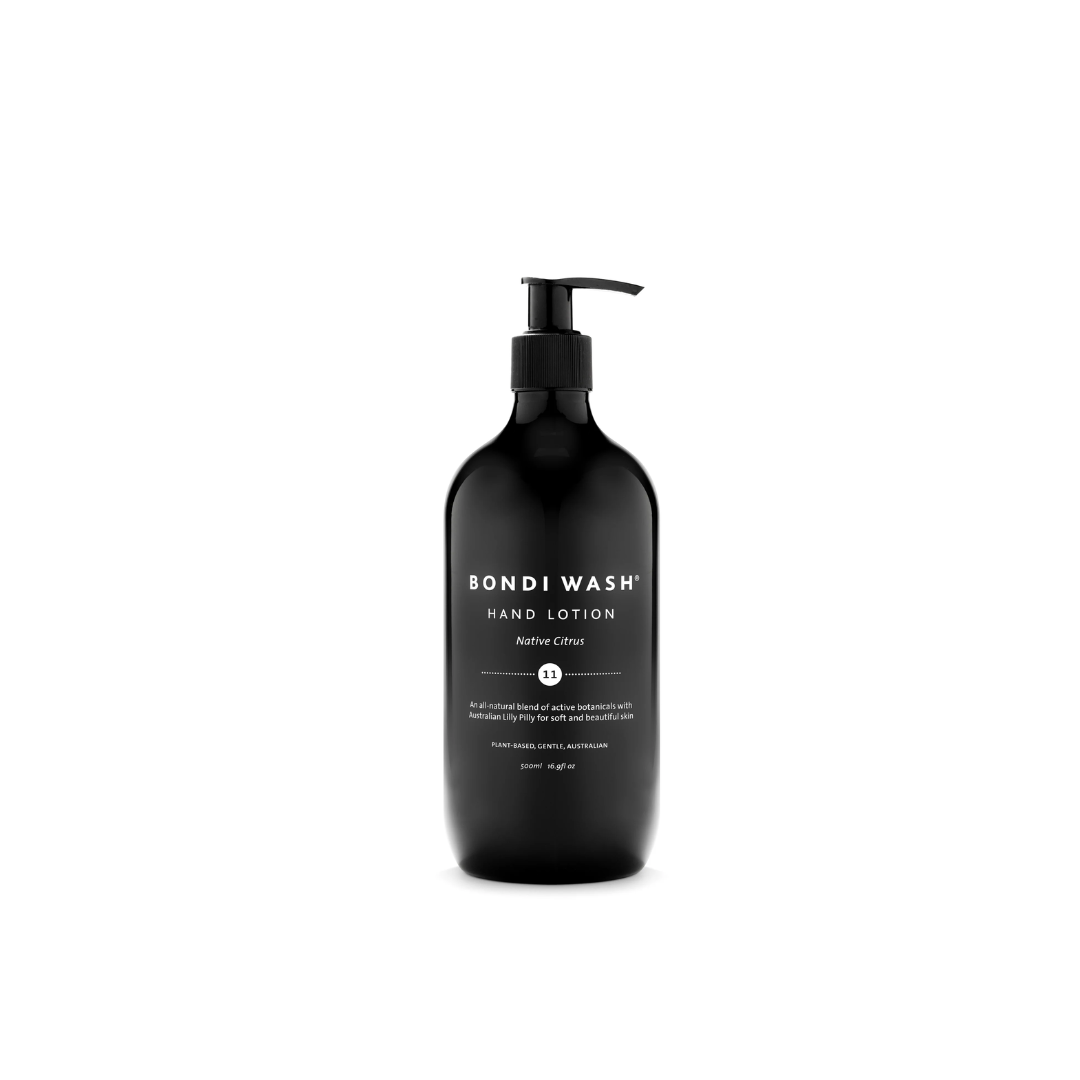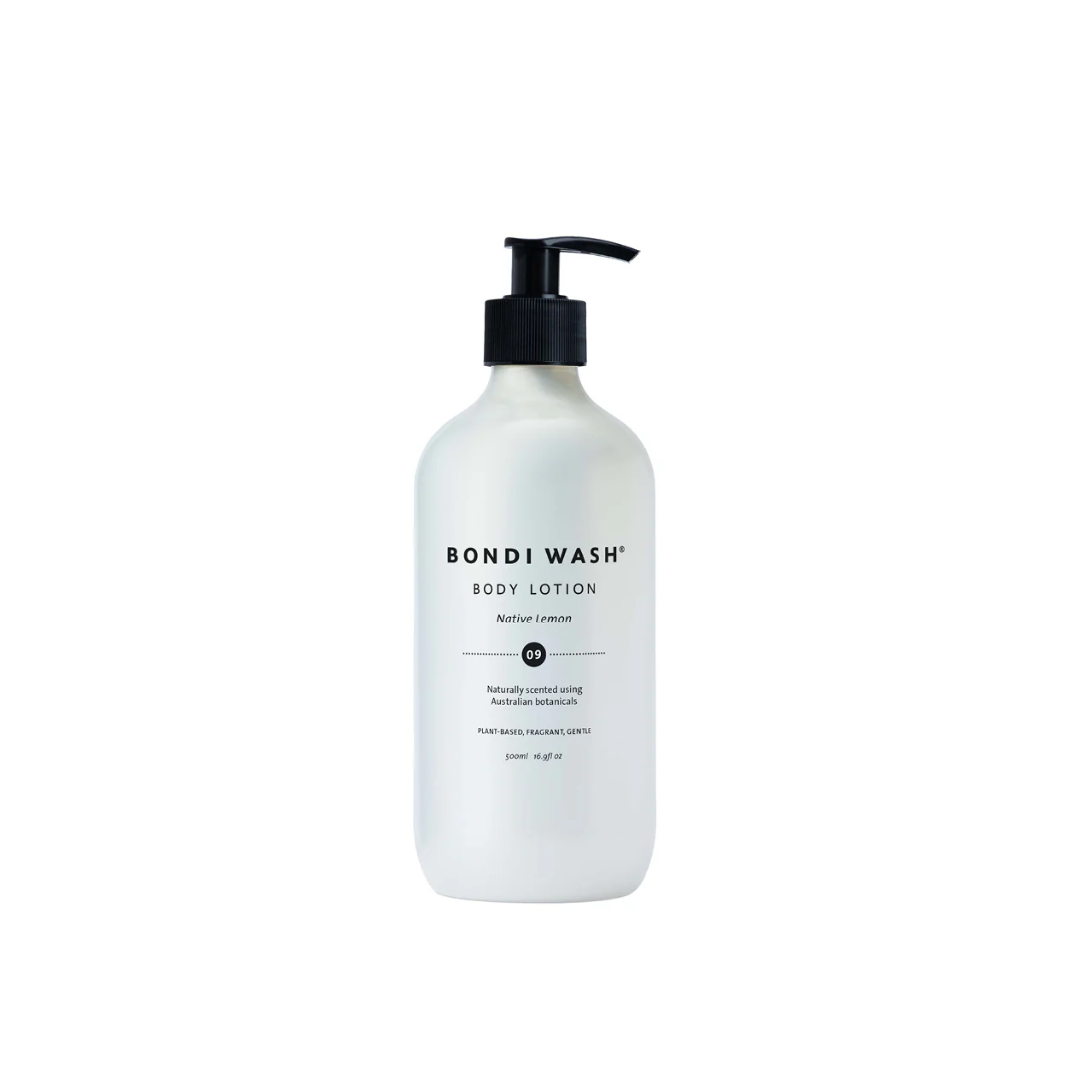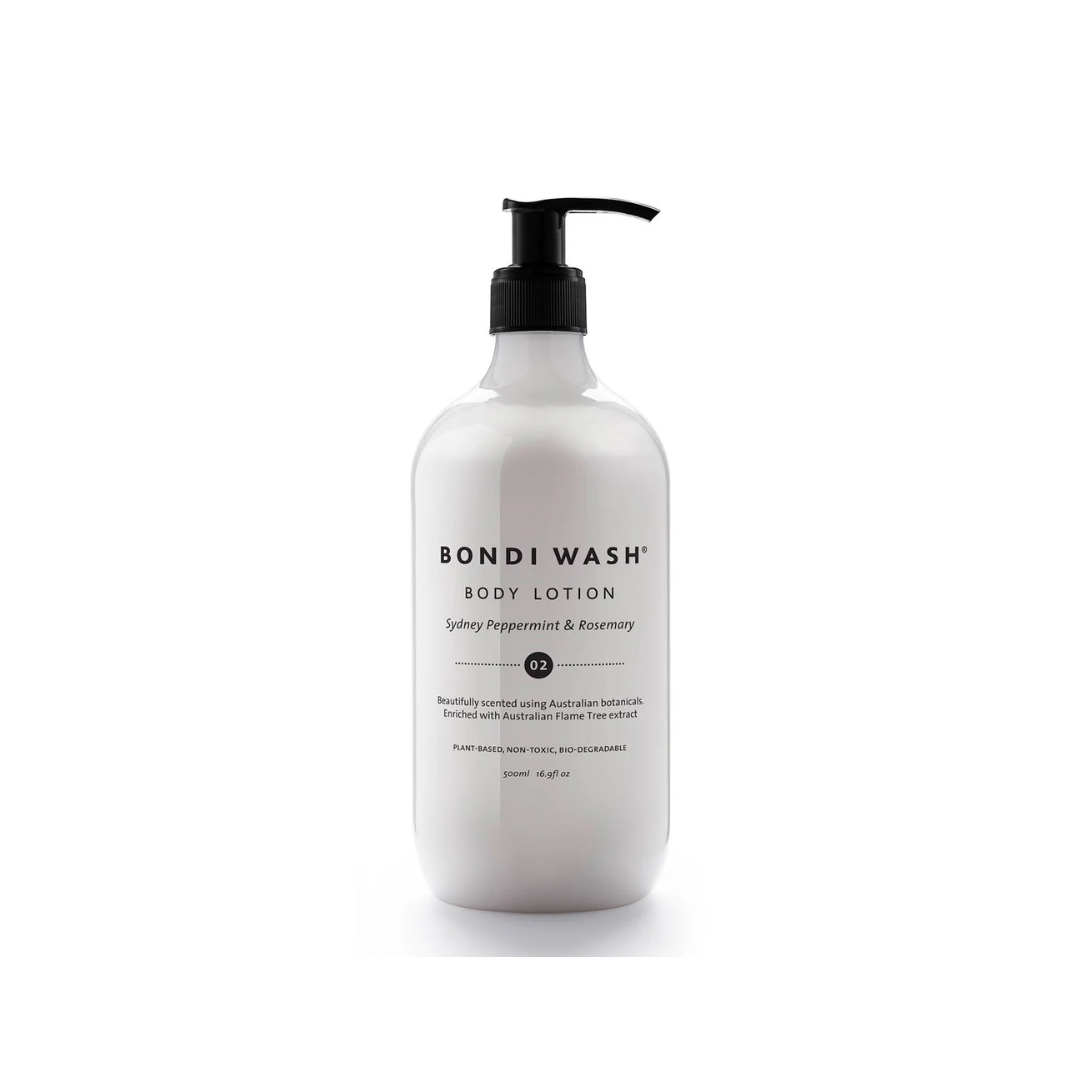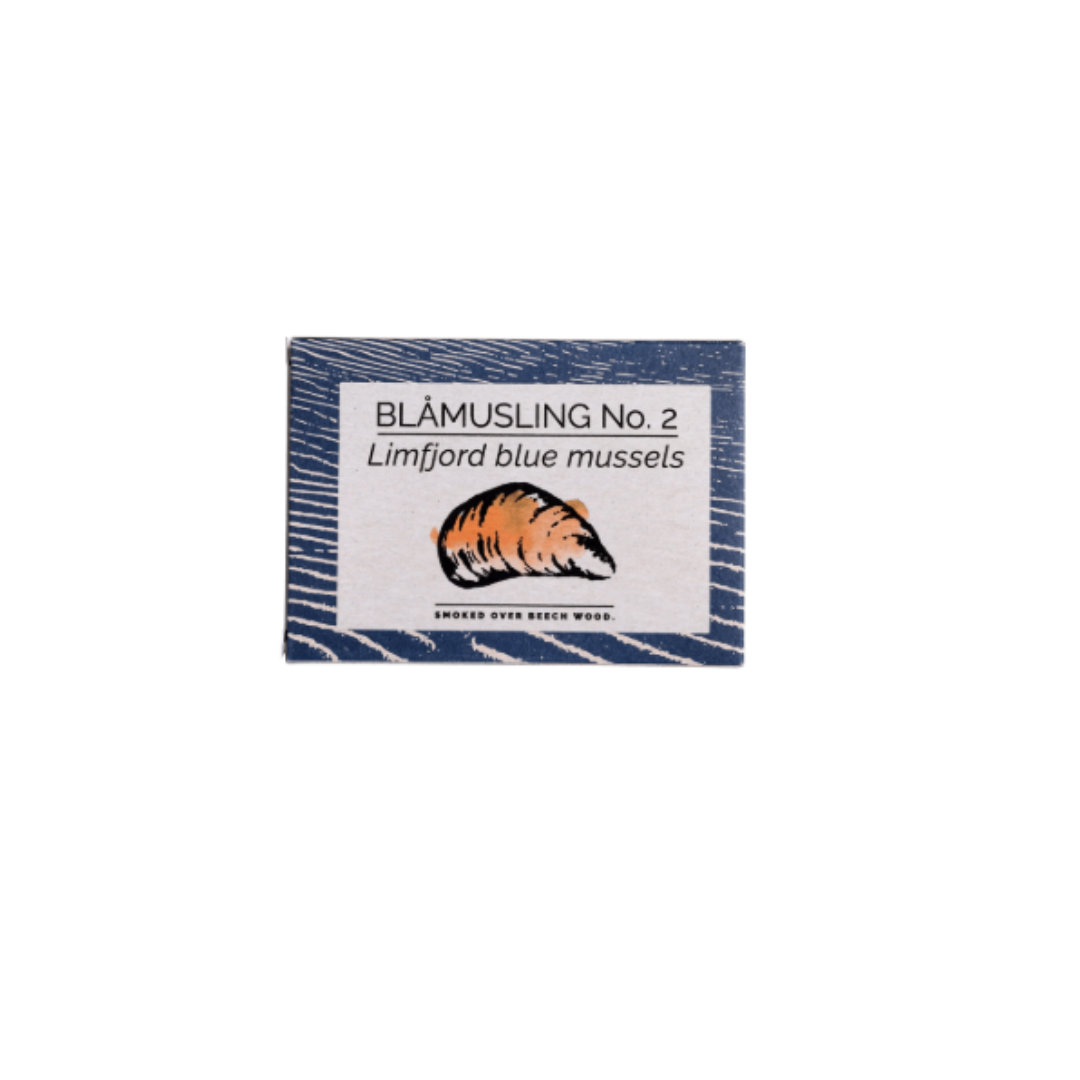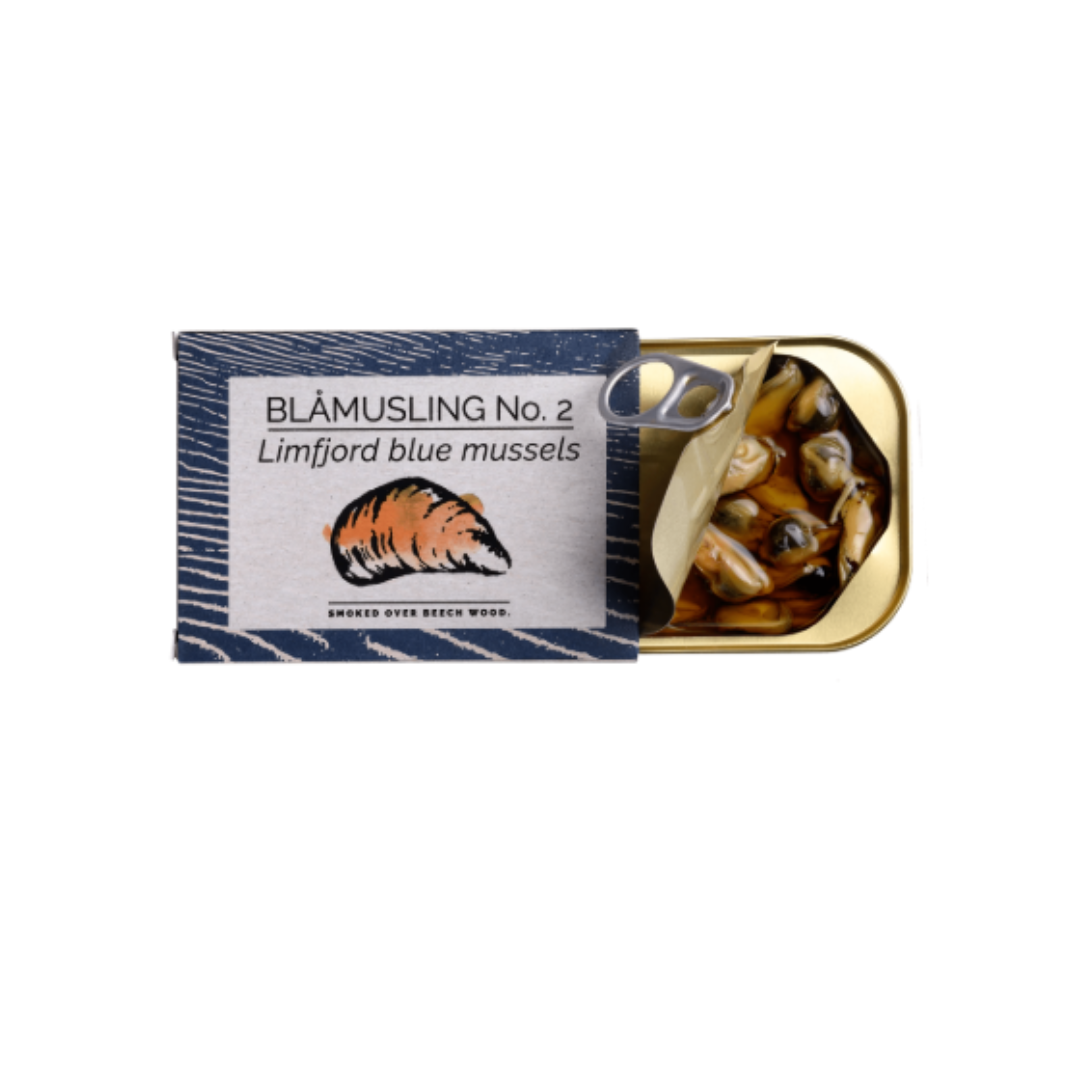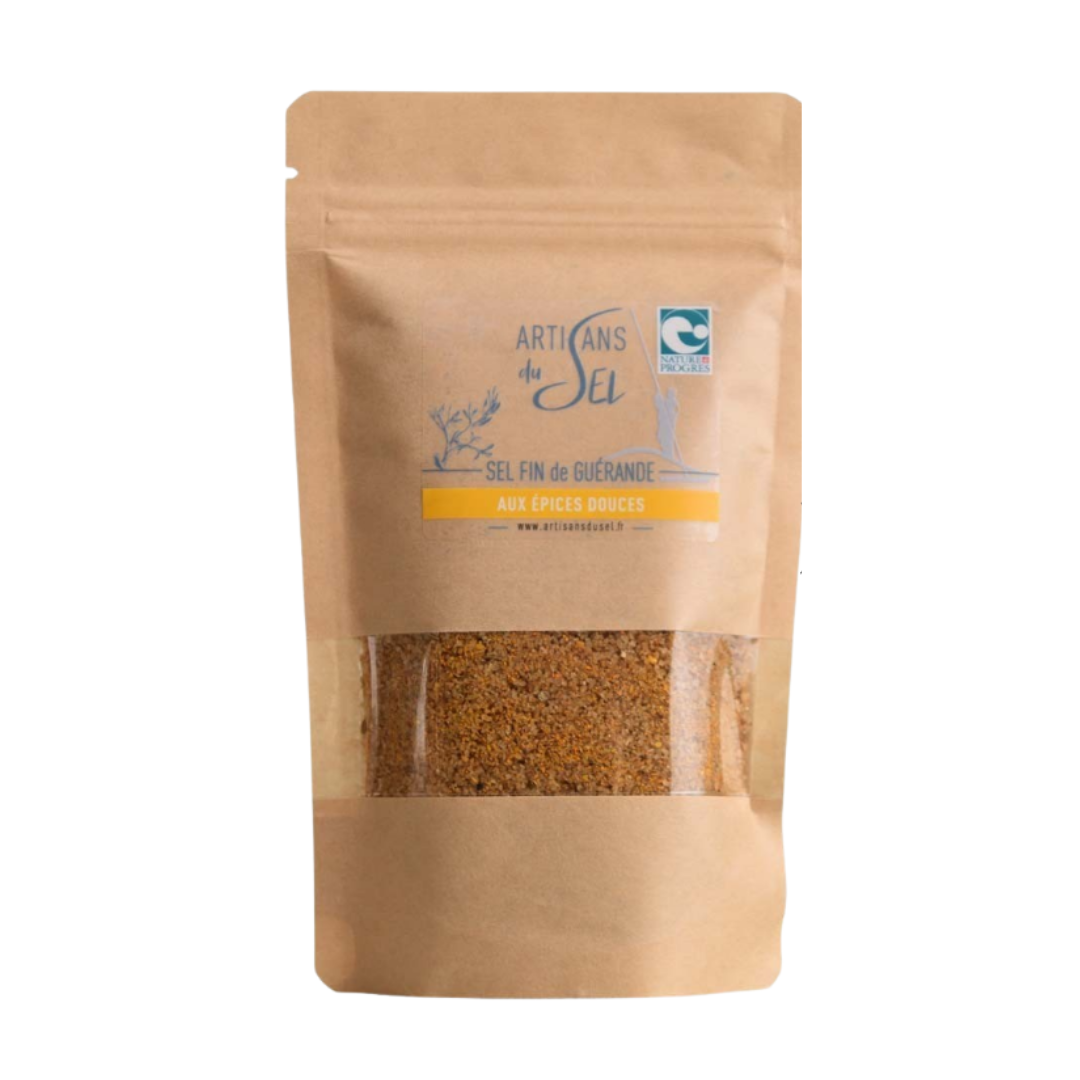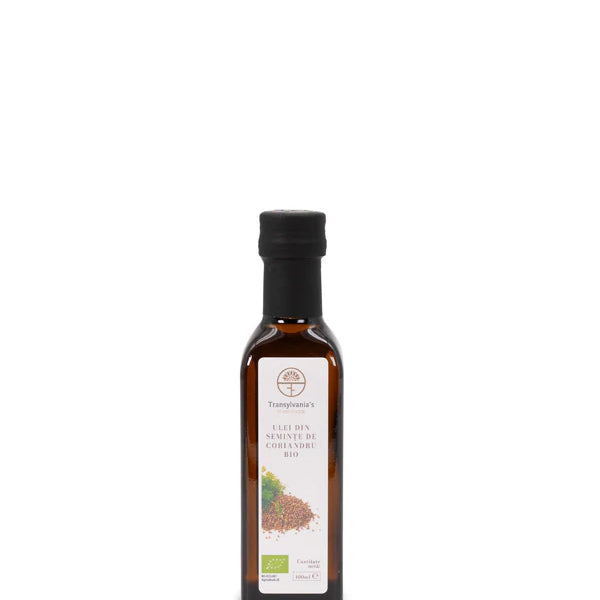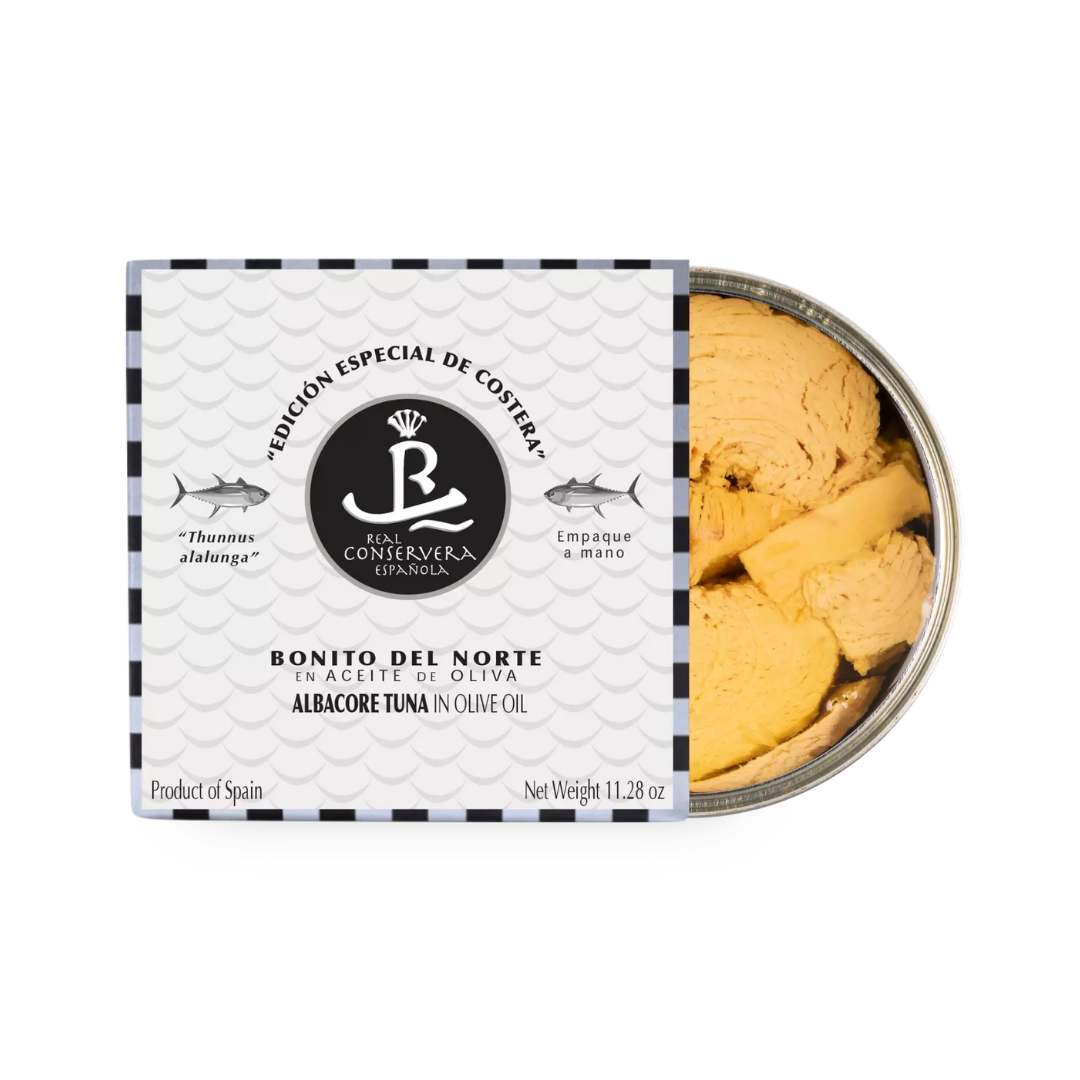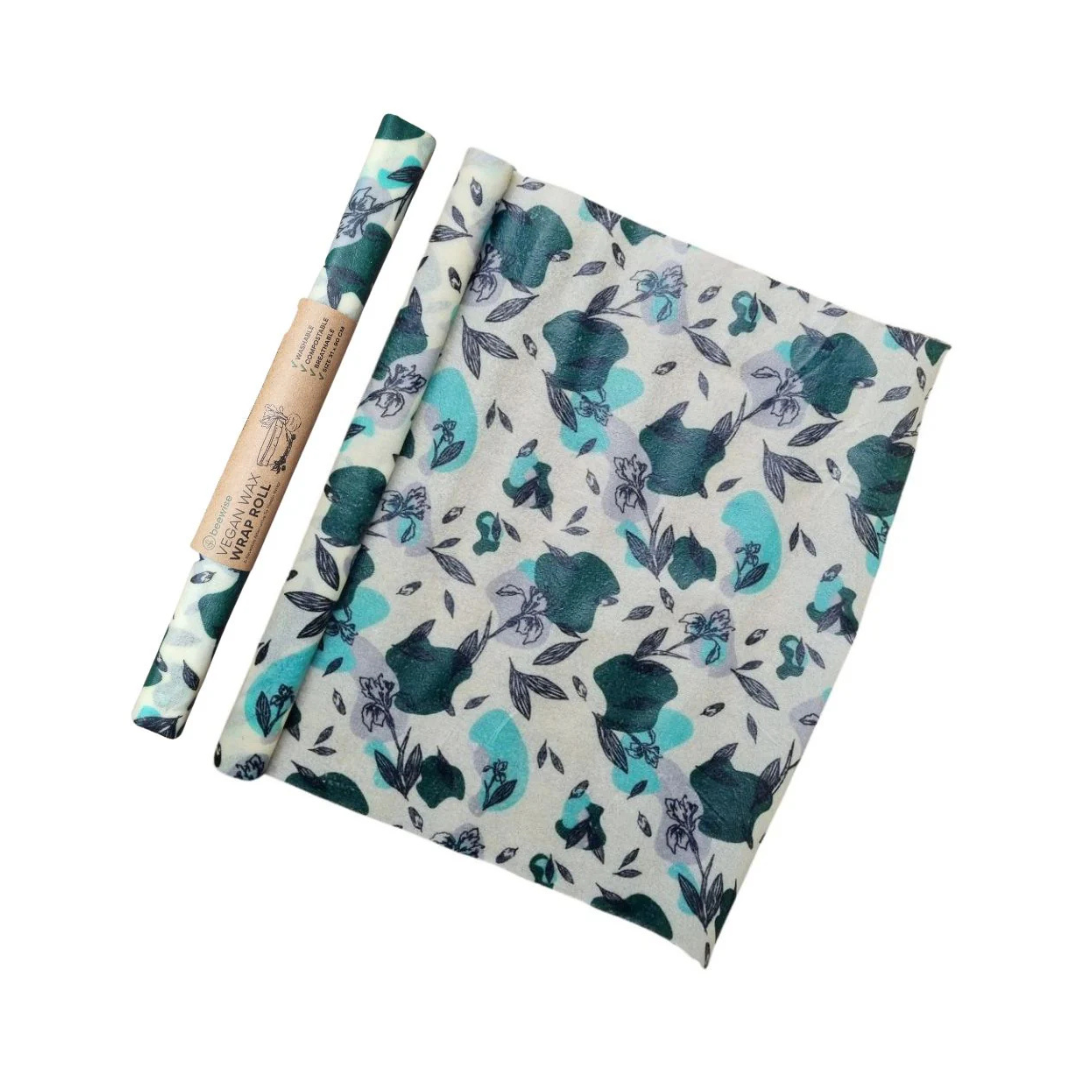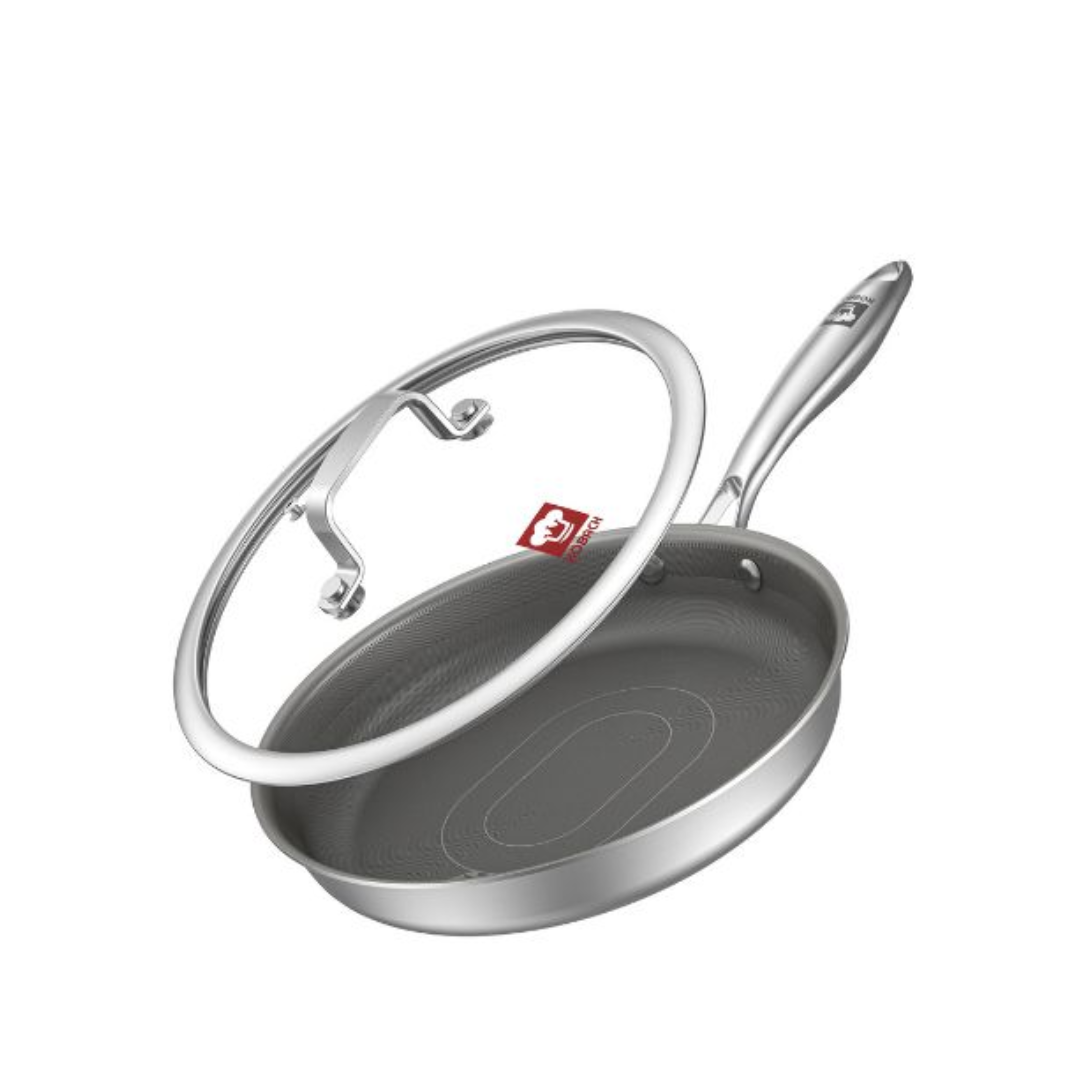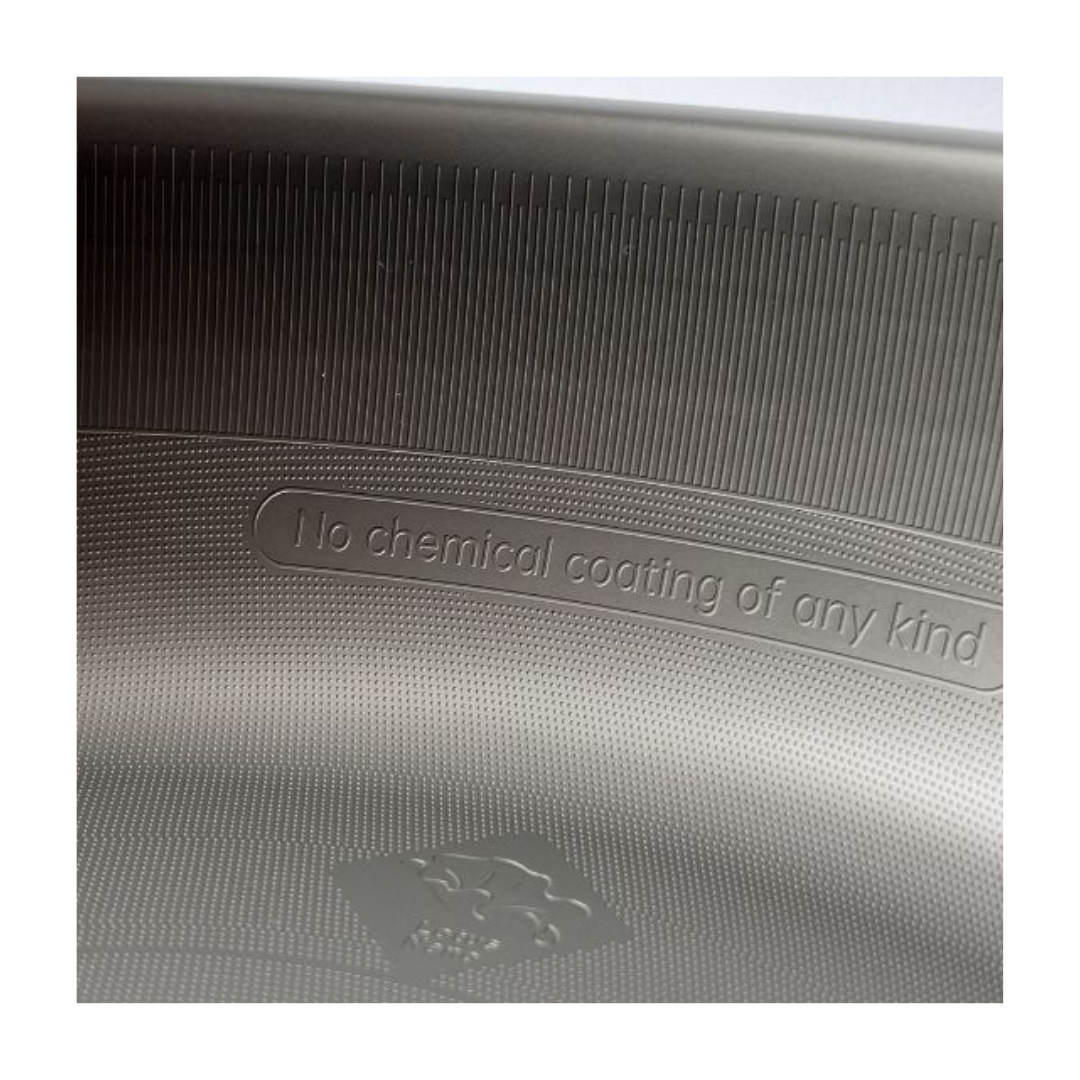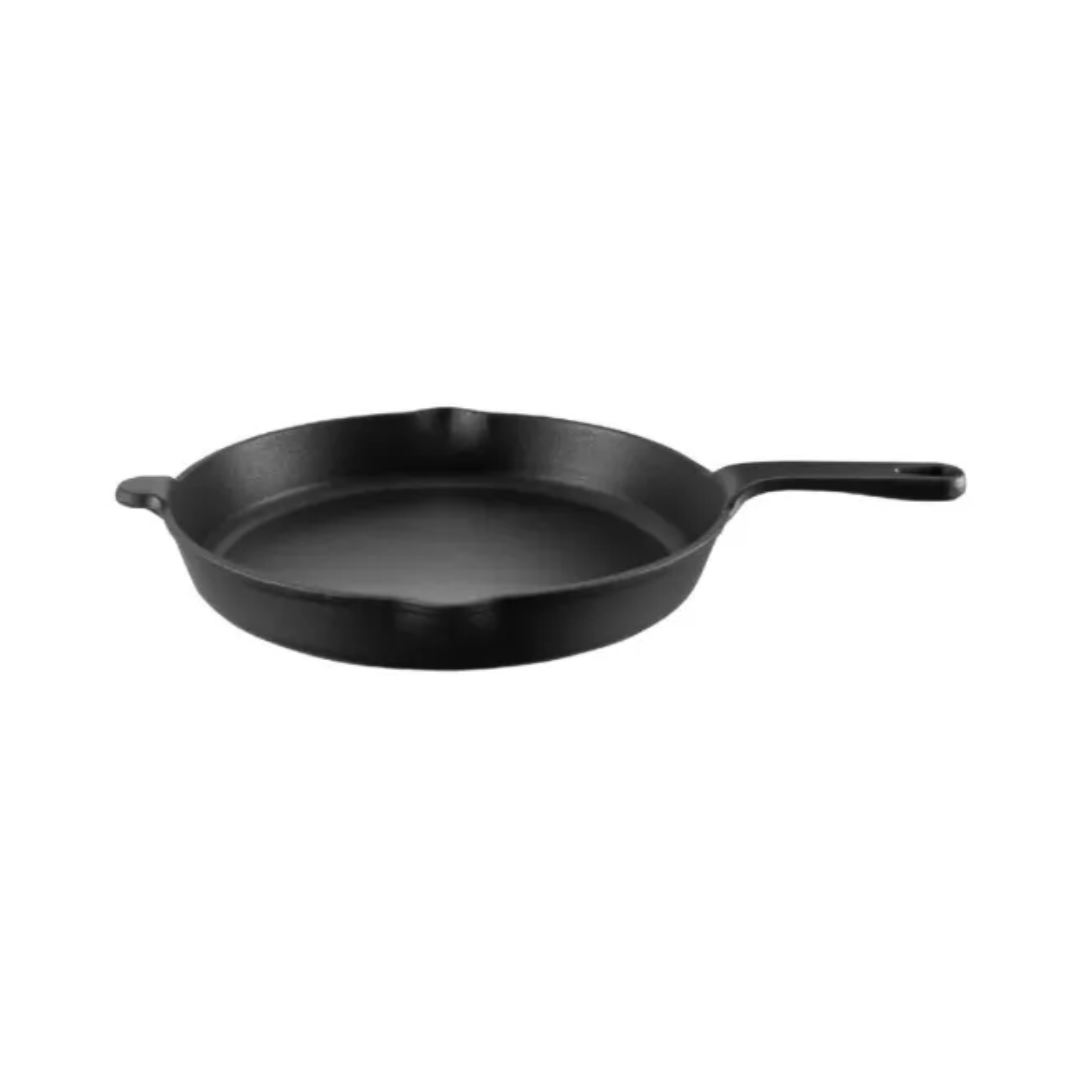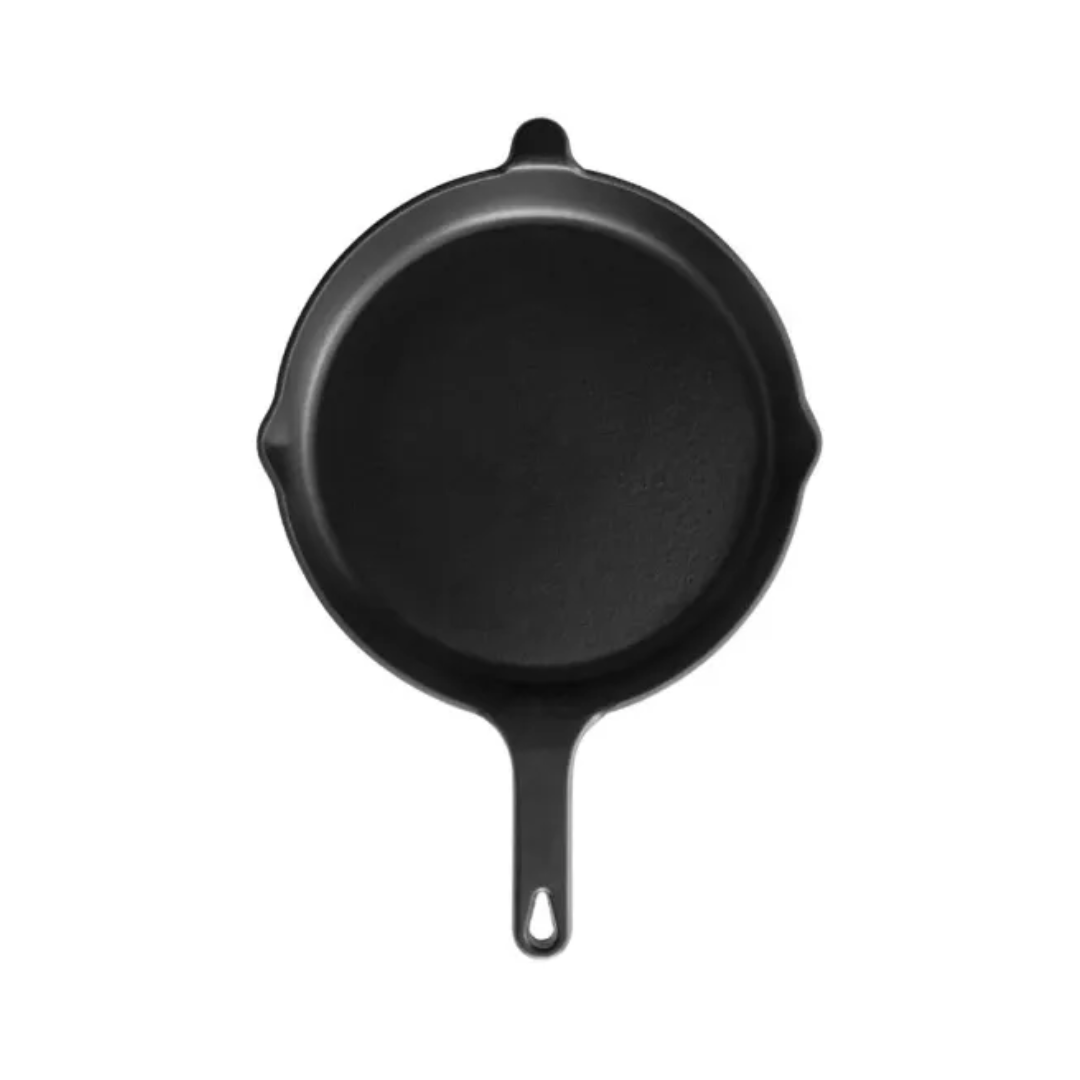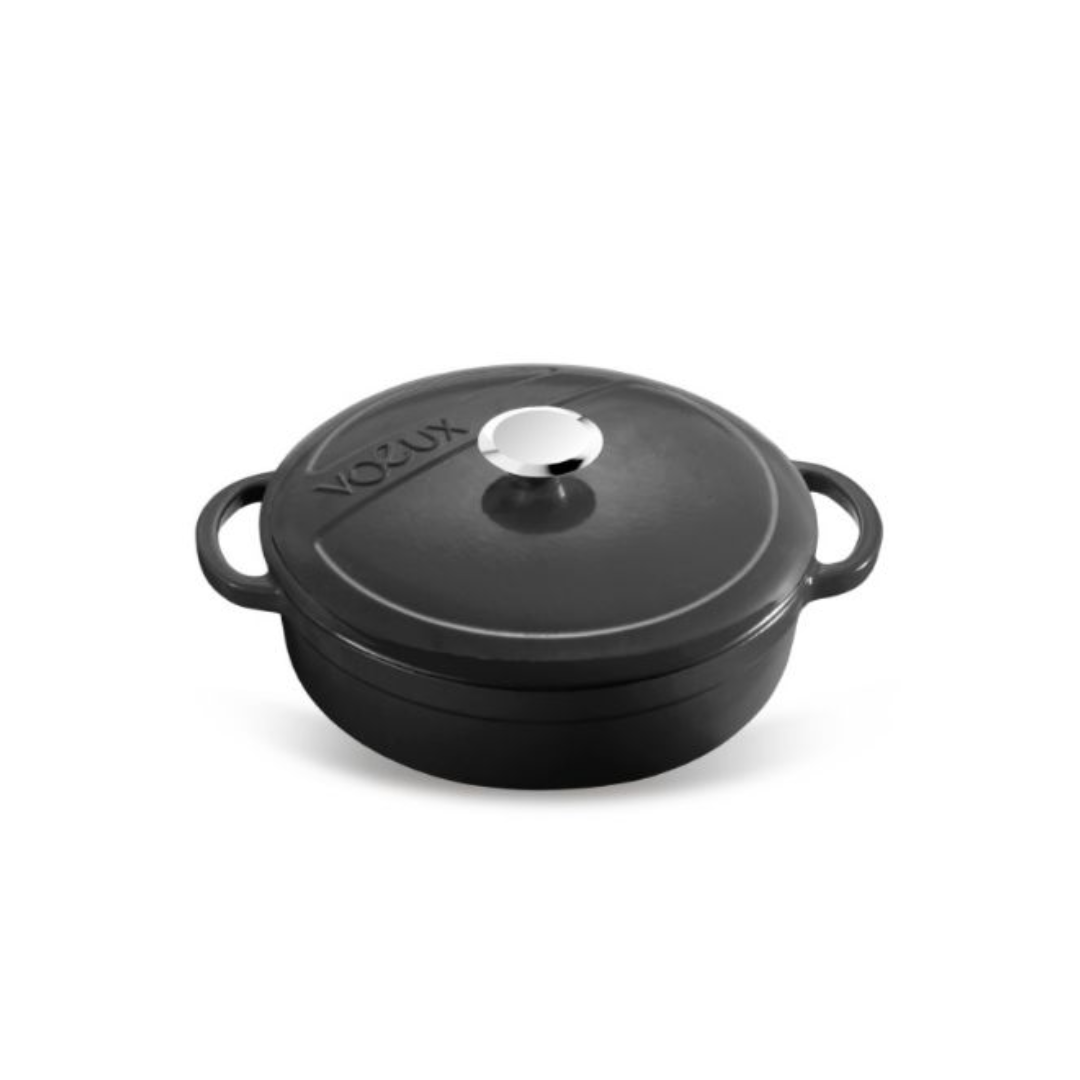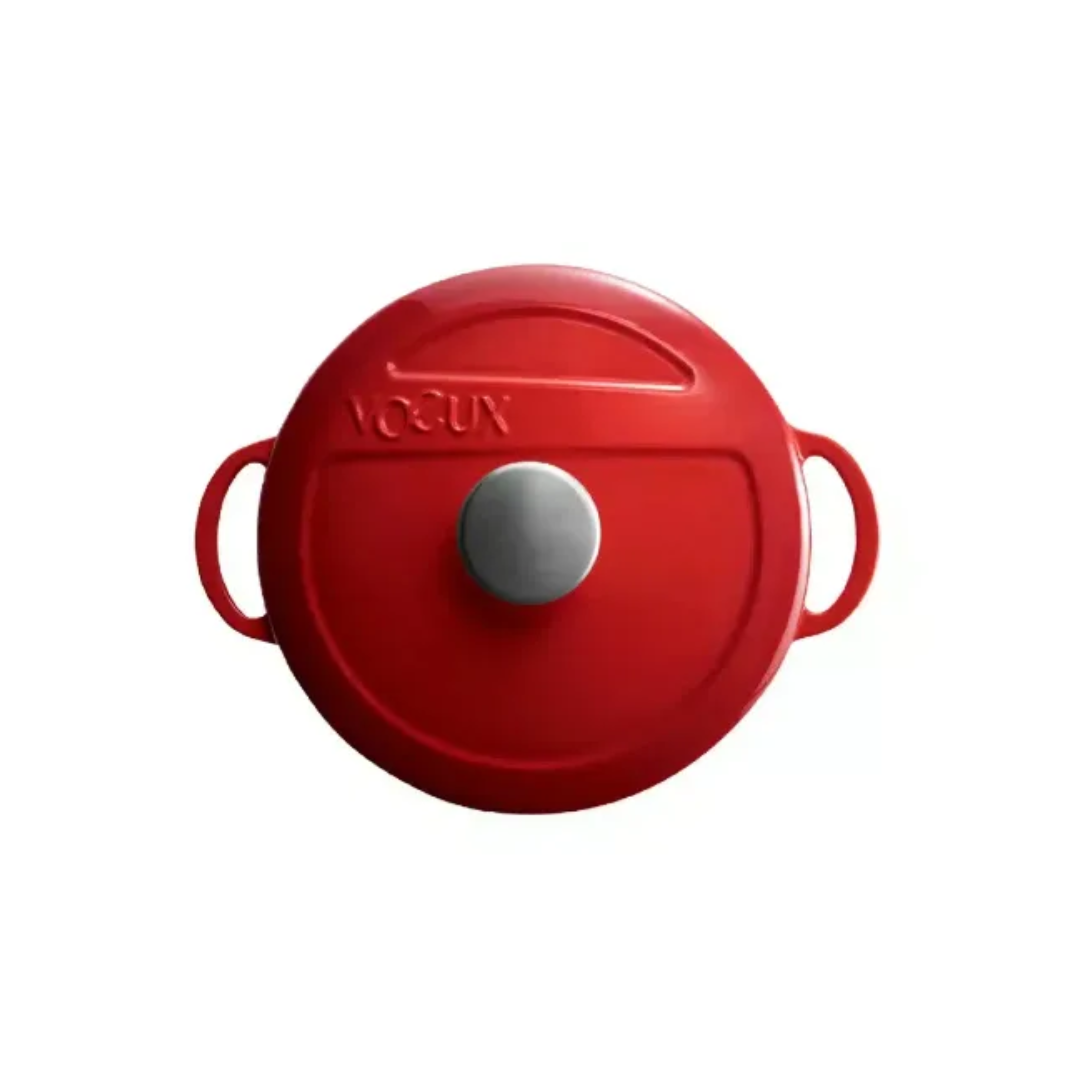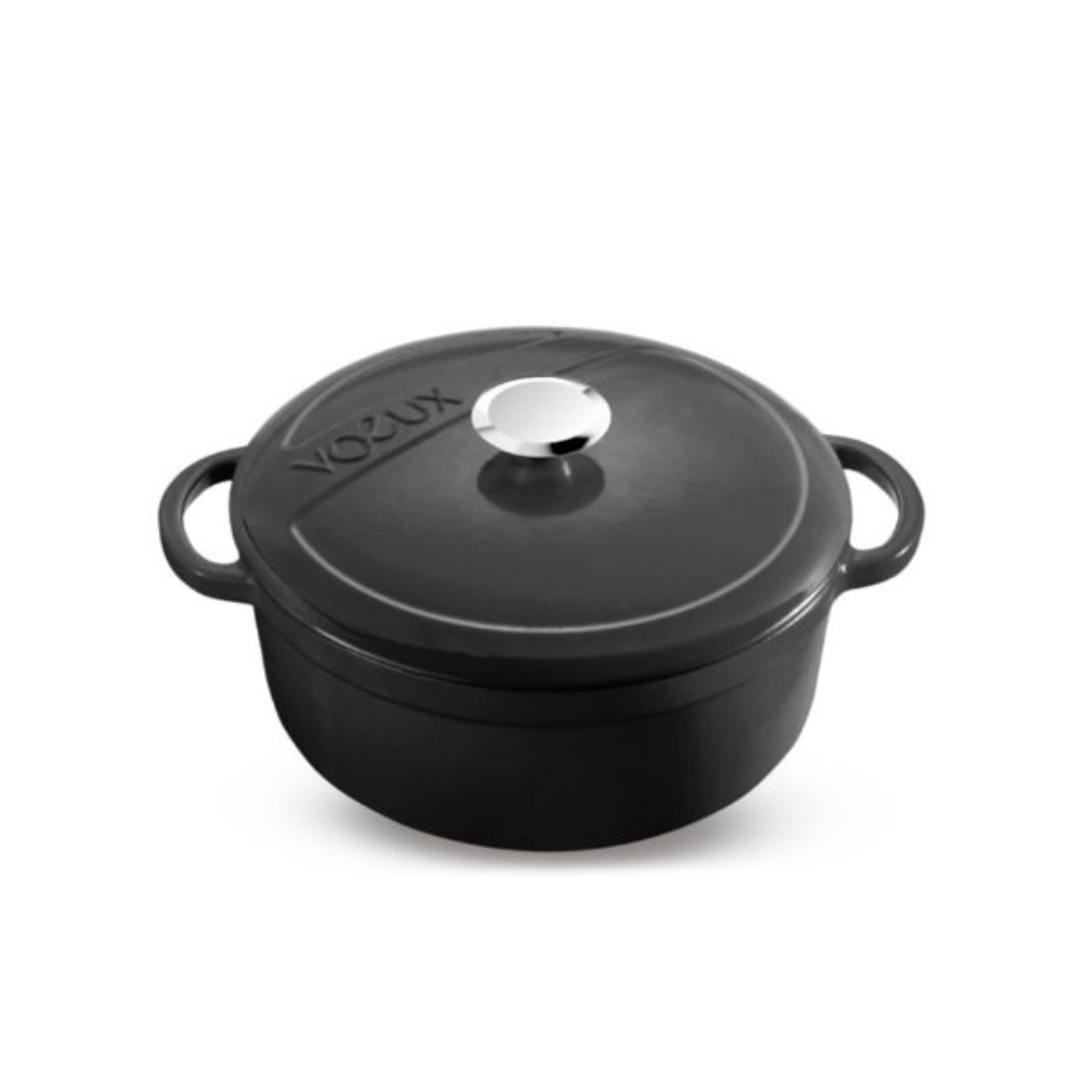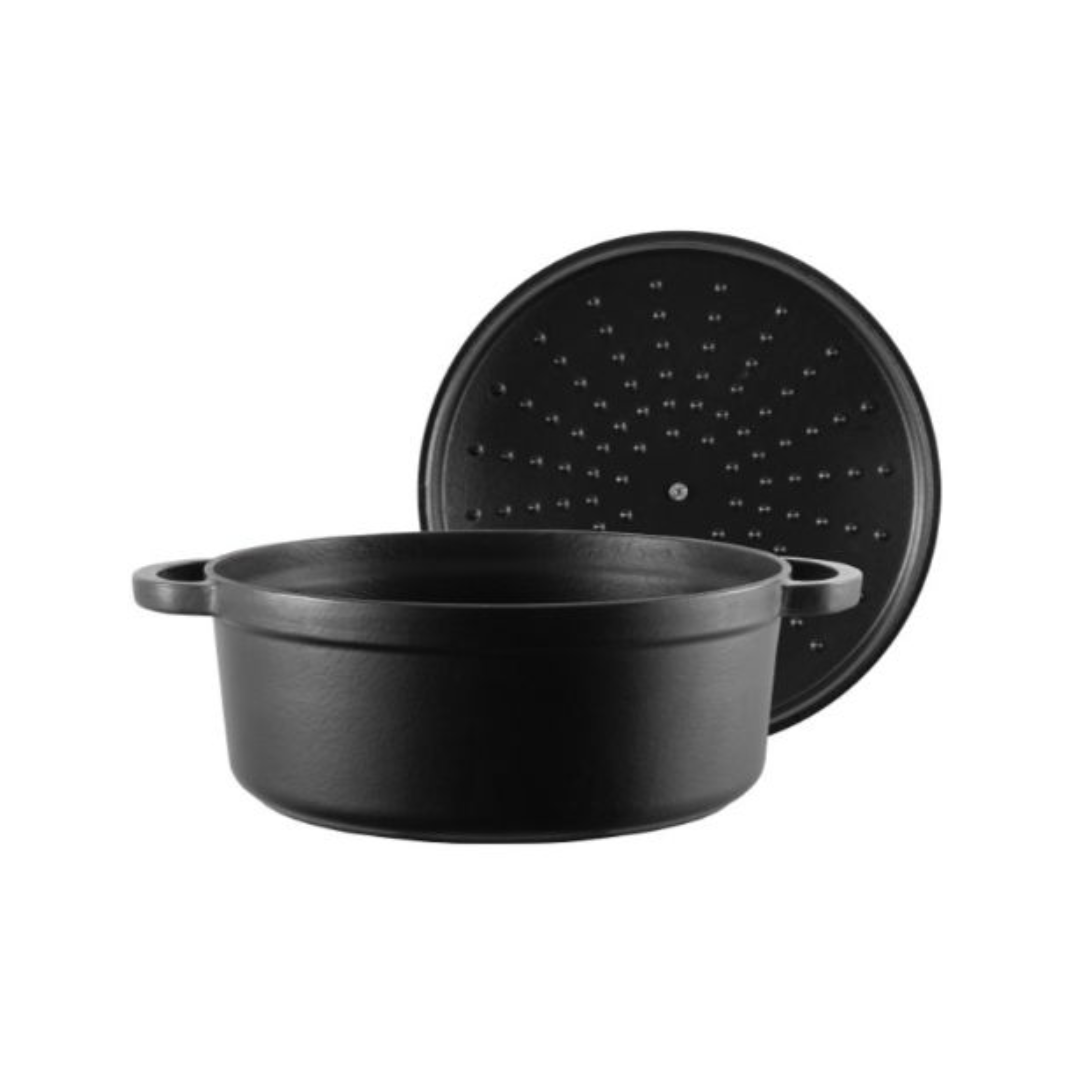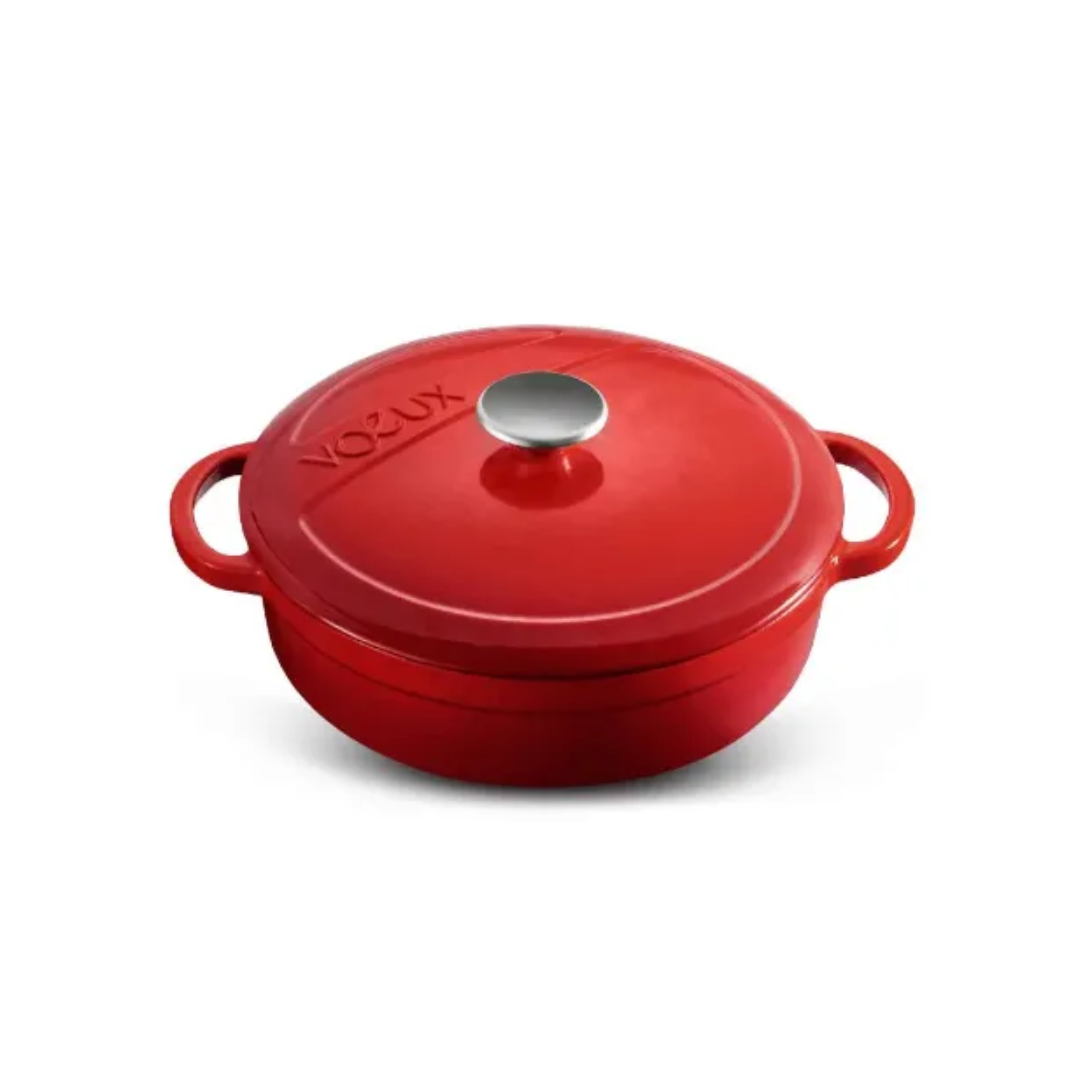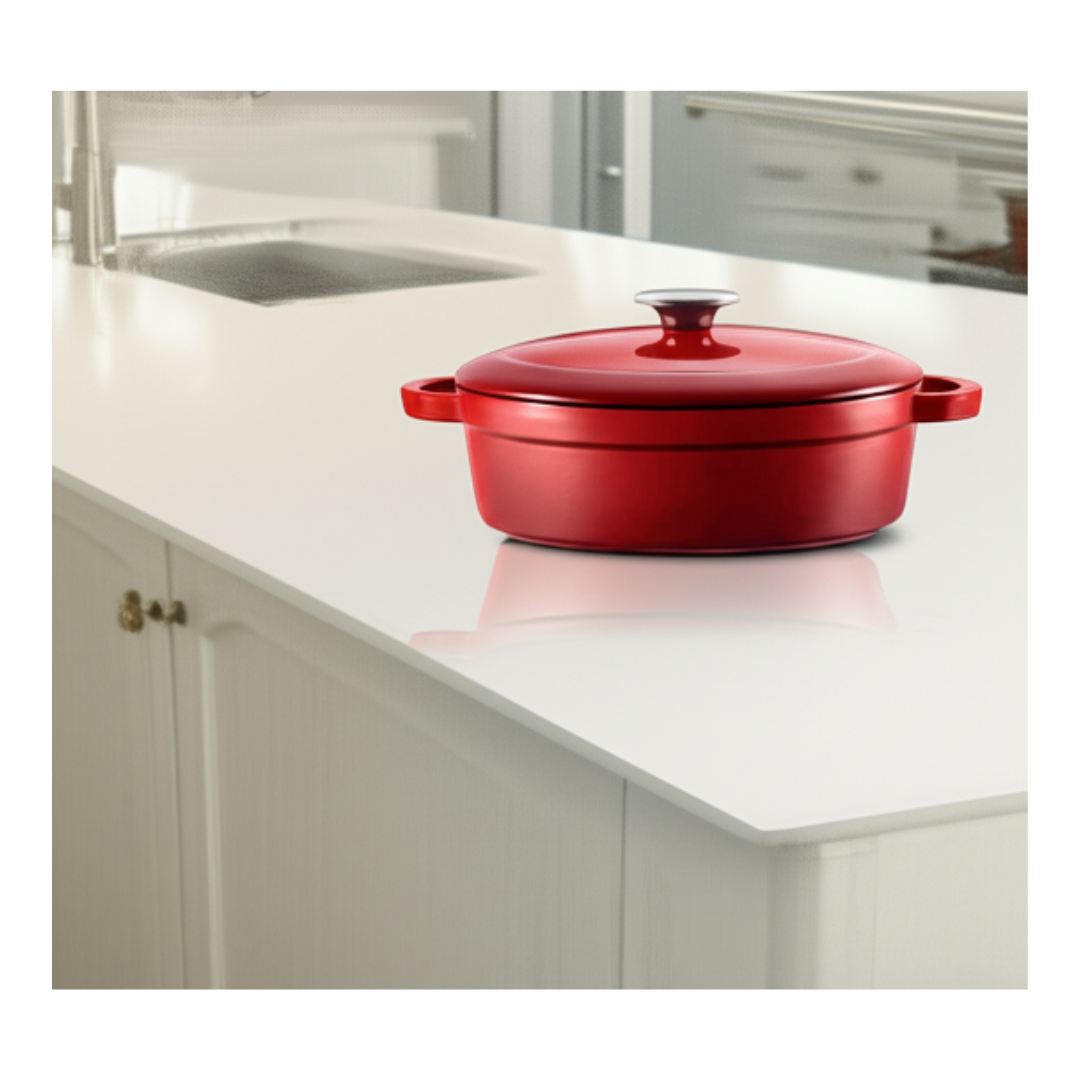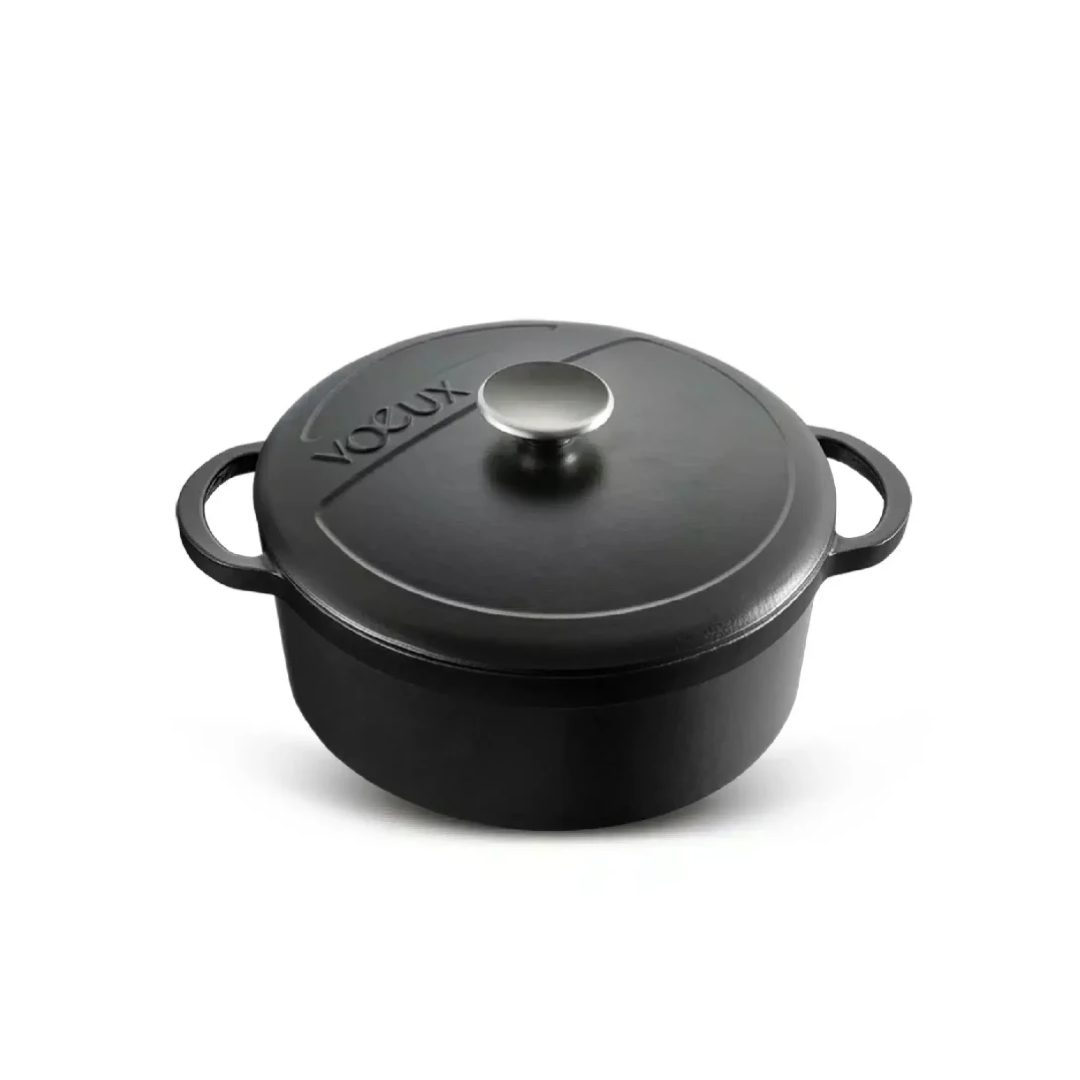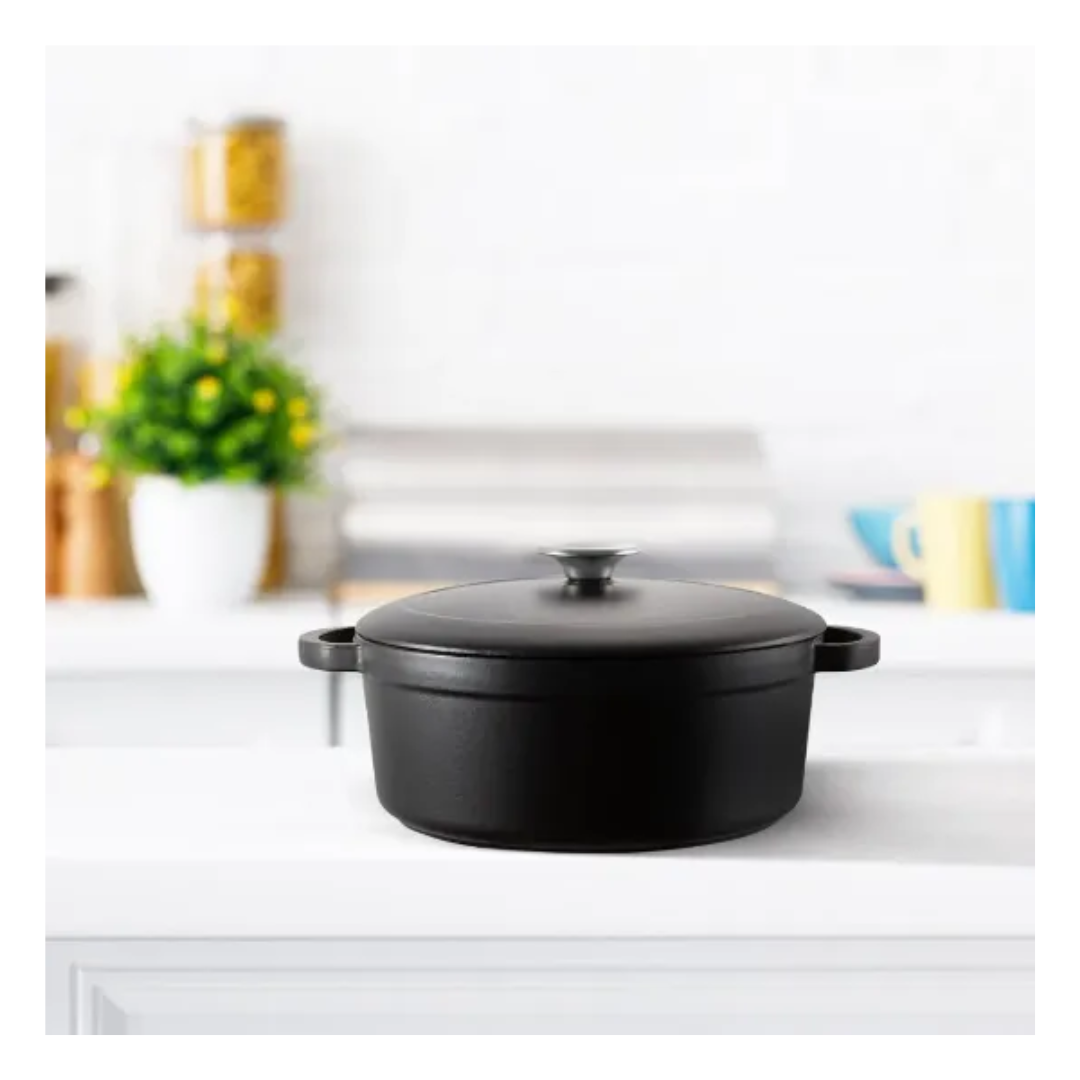42% of babies are predisposed to developing cradle cap on their scalp during their first year of life. Although researchers are actively working to determine a single cause for this phenomenon, they currently cannot provide a concrete answer. However, research recommends preventive methods and measures to address this, including the use of protective and nourishing products.
The scalp skin of babies is up to 12 times more sensitive than that of an adult. While it absorbs any substance applied to its surface extremely quickly, it loses any nutrient or nourishing element from the scalp and hair just as rapidly, thus leading to a state of constant fragility.
When discussing atopic dermatitis or seborrheic dermatitis, colloidal oatmeal extract, marshmallow root, hydrolyzed oat protein, and aloe vera are among the top ingredients that transform baby and children's shampoo into a treatment shampoo adapted to the unique needs of their scalp and hair.
When designing this product, Biotiful Kids experts considered prevention as the most effective method of defense. The Biotiful Kids Shampoo formula is adapted and suitable for all scalp types, representing an ideal way to hydrate, protect against external factors, and provide gentle care.
The extract from the flowers, leaves, and stems of mallow is the ingredient that offers numerous benefits at the cutaneous level, having a moisturizing, strongly soothing, anti-irritant, anti-inflammatory, and antioxidant effect.
Hydrolyzed oat protein is a nutritive moisturizing complex, capable of penetrating deep into the skin structures, forming a protective layer that retains water in the tissues and prevents transepidermal water loss.
Colloidal oatmeal acts as a gentle exfoliant, cleansing even the most sensitive scalp without the need for harsh, aggressive chemical ingredients, and without affecting the skin's natural protective layer. It stimulates natural and efficient scalp cell regeneration. Rich in active ingredients, proteins, carbohydrates, lipids, beta-glucans, mineral salts, and trace elements, it ensures proper cell function, revitalizes and invigorates the skin tissue, providing a strong and healthy start for your child's hair roots and hair.
The aloe vera extract contributes to the proper functioning of the sebaceous glands, regulating excess sebum and having an antibacterial effect, thus helping to maintain the health of the scalp and hair.
In 2016, the non-profit organization APC Romania published an independent study on shampoos for children and babies on the market, with a shocking report: "only 2% of the products available on the market are safe for children and babies".
When we discovered this study, we promised ourselves that our children's scalps would never come into contact with toxic shampoo. We kept our promise; Biotiful Kids babies will enjoy natural ingredients carefully selected by a team that believes in the generation that will change the world.
Biotiful Kids products do not contain paraffin, steroids, sodium sulfate, SLES, SLS, parabens, petroleum, phthalates, synthetic fragrances, or DEA. The fragrance in some Biotiful Kids products is certified organic and derived from essential oils. Proof of certification is available upon request. Biotiful Kids products are vegan, organic, cruelty-free, and gluten-free.
References and studies used in the creation of the Biotiful Kids Shampoo:
1. Delaye M, Tardieu A. Short-range order of crystallin proteins accounts for the transparency of the eye lens. Nature. 1983;302:415–417.
2. Benedek GB. Theory of transparency of the eye. Appl Optics. 1971;10:459–473.
3. Hyvarinen L, Forster SH. Ophthalmologic Disorders (chapter 20). In Textbook of Clinical Occupational and Environmental Medicine. Vol 1. Eds: Rosenstock L., Cullen MR., Brodkin CA., Redlich CA. 2nd Ed. Elsevier Publ. 2005.
4. Hejtmancik JF, Kantorow M. Molecular genetics of age-related cataract. Exp Eye Res. 2004 Jul;79(1):3-9.
5. Allen D, Vasavada A. Cataracts and cataract surgery. BMJ. 2006 Jul 15;333(7559):128-32.
6. Thylefors B, Negrel AD, Pararajasegaram R, Dadzie KY. Global data on blindness. Bull World Health Organ 1995;73: 115-21.
7. Kelly SP, Thornton J, Edwards R, Sahu A, Harrison R. Smoking and cataract: a review of the causal association. J Cataract Refract Surg 2005;31: 2395-404.
8. Taylor HR, West SK, Rosenthal FS, Munoz B, Newland HS, Abbey H, et al. Effect of ultraviolet radiation on cataract formation. N Engl J Med 1988; 319: 1429-33.
9. Zodpey SP, Ughade SN, Khanolkar VA, Shrikhande SN. Dehydration crisis from severe diarrhea and risk of age-related cataract. J Indian Med Assoc 1999; 97: 13-5, 24.
10. Durocher LP. Skin Disease Prevention of Occupational Dermatoses. Pages 12.1-12.19. In Encyclopedia of Occupational Health and Safety, 4th Edition. International Labour Office, Geneva 1998.
11. Reidy E. Deadly Shampoos. *Ecologist*, Vol. 33, Issue 8, Oct 2003. 12. Chadwick B. Safe Shampoos, Synthetic Oil and Economics. The latest on cleaners, auto emissions and environmental regulation. *E Magazine*. March/April 2000; 64.
13. Trovato R. Proceedings of the 1998 Children at Risk Conference. Environmental health issues in the Great Lakes Region. Sponsored by EPA. July 8, 1998. p:89 Chicago, Illinois. (www.korhek.org/5)
14. Committee on Environmental Health, American Academy of Pediatrics. Pediatric Environmental Health. 2nd ed. Eds: Etzel RA, Balk SJ. Risk Assessment and Risk Management. Chapter 43. pp. 653-663.
16. Draize JH, Woodward G, Calvery HO. Methods for the study of irritation and toxicity of substances applied topically to the skin and mucous membranes. J Pharmacol Exp Ther. 1944; 82: 377-390.
17. Moldenhauer F. Using in vitro prediction models instead of the rabbit eye irritation test to classify and label new chemicals: a post hoc data analysis of the international EC/HO validation study. Altern Lab Anim. 2003 Jan-Feb;31(1):31-46.
18. Sina JF, Galer DM, Sussman RG, Gautheron PD, Sargent EV, Leong B, Shah PV, Curren RD, Miller K. A collaborative evaluation of seven alternatives to the Draize eye irritation test using pharmaceutical intermediates. Fundam Appl Toxicol. 1995;26(1):20-31.
19. Bruner, L.H., Shadduck, J., & Essex-Sorlie, D. (1991). Alternative methods for assessing the effects of chemicals in the eye. In: Hobson, D.W. (Ed.), *Dermal and Ocular Toxicology*. CRC Press, Boca Raton, pp. 585-600.
20. Wong W, Sivak JG, Moran KL. Optical response of cultured bovine lens; testing opaque or partially transparent semi-solid/solid common consumer hygiene products. Toxicol In Vitro.
2003;17(5-6):785-90.
21. Cooper KJ, Earl LK, Harbell J, Raabe H. Prediction of ocular irritancy of prototype shampoo formulations by the isolated rabbit eye (IRE) test and bovine corneal opacity and permeability (BCOP) assay. Toxicol In Vitro. 2001;15(2):95-103.
22. Montague P. "The Precautionary Principle" Rachel's Environment and Health Weekly 586 February 19, 1998. ( http://www.biotech-info.net/rachels_586.html (accessed March 15, 2007))
23. Bianchi C, Calati M. Studies on the characteristics of a new baby shampoo and its effect on the anterior segment of the eye. Experimental study. Minerva Pediatr. 1974;26(1):37-42. 5 TSK Koruyucu Hekimlik Bülteni, 2008: 7(1) the Great Lakes Region. Sponsored by EPA. July 8, 1998. p:89 Chicago, Illinois.




